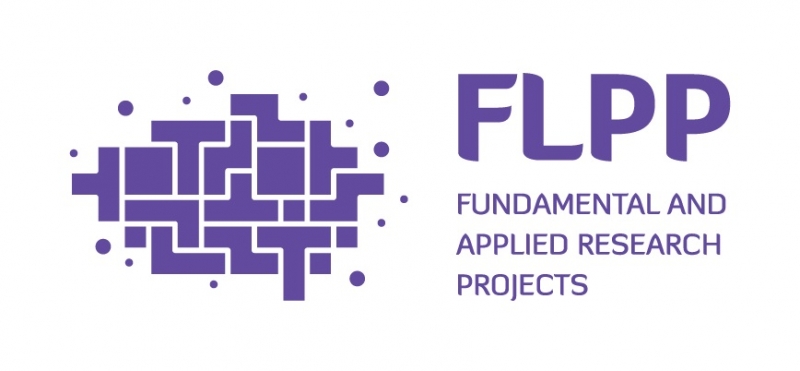Latvian Council of Science Grant Agreement No. lzp-2024/1-0033

Project partners: Institute of Horticulture (leading partner; projecet manager Gunārs Lācis) and LSFRI "Silava".
Total funding: 29,9961.00 EUR.
Pears are economically significant fruits widely grown worldwide, mainly in temperate climate regions. An essential issue in pear growing becomes European pear rust (EPR) caused by Gymnosporangium sabinae, a two-host (junipers, pears) fungal pathogen. G. sabinae inhibits photosynthesis, thus delaying and lowering fruit yield. EPR control is mainly done with help of fungicides. However, with increasing demands for environmentally friendly management strategies, including decreasing pesticide use, alternatives to fungicides are becoming necessary. Despite no fully resistant pears, previous research has found several genotypes that have expressed stable resistance to EPR. This has prompted research into possible resistance mechanisms found in pears, which could be singled out for breeding purposes.
The general project aim was defined as to create new knowledge on the Pyrus and Gymnosporangium sabinae interaction, including morphological, anatomical, physiological, and genetic mechanisms, to create a scientific basis for breeding pear cultivars resistant to European pear rust.
The objectives of Study:
- Identification and confirmation of Pyrus communis genotypes resistant to European pear rust based on long-term systematic field observations and bioassays;
- Analysis of pear leaf histology via the use of light and electron-microscopy to identify anatomical characteristics that contribute to pear resistance against European pear rust;
- Comparative transcriptome sequencing of infected and healthy leaves of pear genotypes to identify resistance mechanisms and variation in gene expression that contributes to pear resistance to European pear rust.
LSFRI "Silava" participates in the implementation of the 3rd research task.